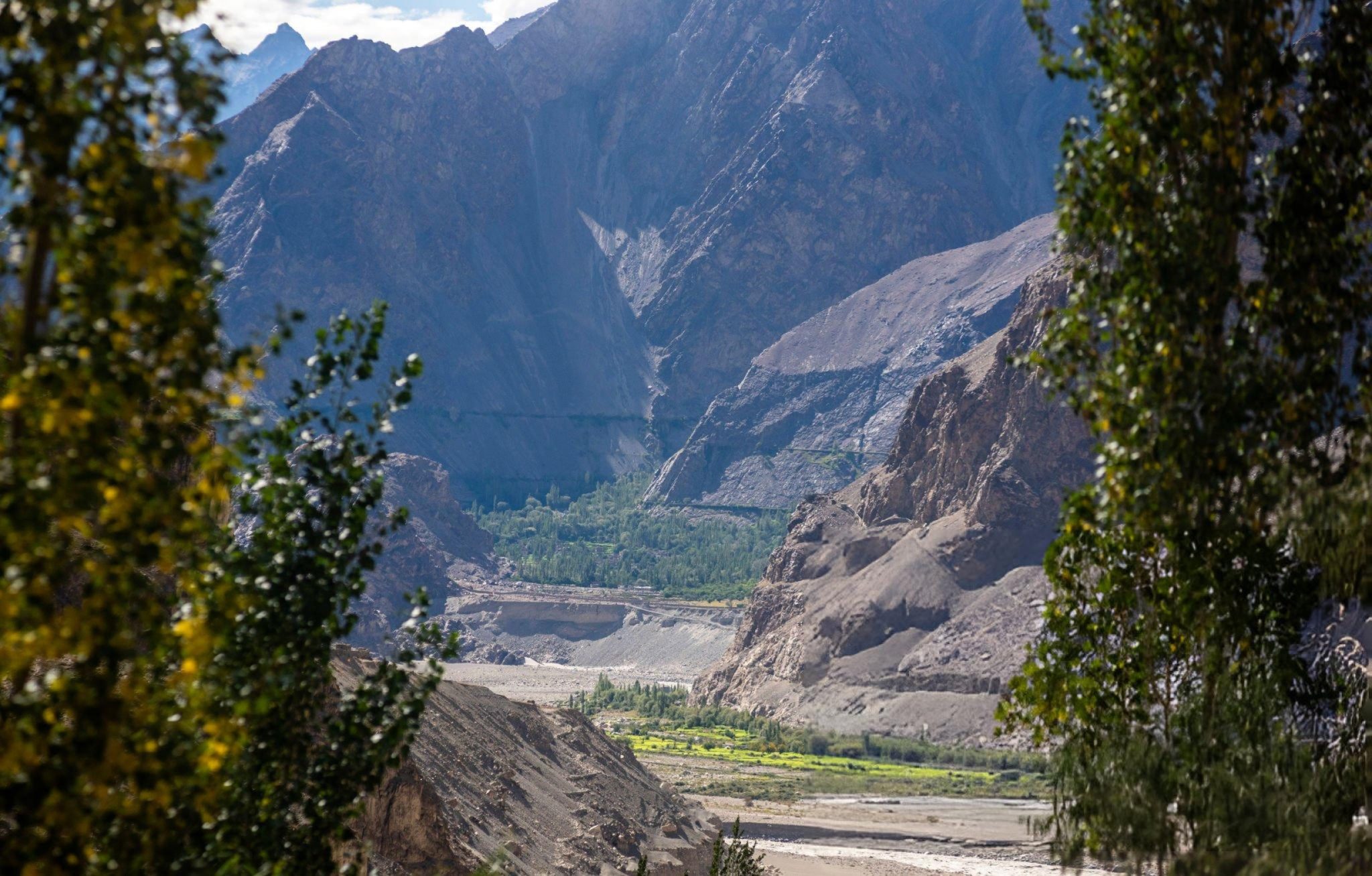In a significant development for border infrastructure, the standing committee of the National Board for Wildlife (NBWL) has approved the construction of five crucial road stretches in Ladakh, including a key route to Daulat Beg Oldie (DBO). This decision, reported by The Indian Express, underscores India’s commitment to bolstering military logistics along the Line of Actual Control (LAC) amidst ongoing tensions with China.
Approved road segments
The NBWL’s approval encompasses several road segments, primarily aimed at enhancing connectivity and facilitating troop movement in the strategically vital region. The approved routes include:
- Chushul-Lukung to Thakung Post: A 5.8 km upgrade as part of the India-China Border Roads (ICBR)-III initiative, crossing through the Changthang cold desert sanctuary.
- Durbuk-Shyok-Daulat Beg Oldie (DS-DBO): This critical route will facilitate direct access to DBO, India’s northernmost military outpost, and includes a 7.75 km link road to Saser-Brangsa-Gapshan, constructed at an altitude of 17,000 feet.
- Road from DS-DBO to Track Junction: Enhancing logistical efficiency in the area.
- Road from DBO to Karakoram Pass: Providing additional access to vital regions.
- Upgrade of the Leh-Chalunka Road: This road connects the Indus Valley with the Shyok Valley, traversing the Ladakh range and serving as the sole motorized route over the range.
In total, the approval includes 35 km of new roads leading to DBO, which runs parallel to the LAC, significantly improving military logistics in this remote region.
Enhancing border infrastructure
The clearance from the wildlife board marks a crucial step for the Ministry of Defence, which has been ramping up infrastructure development along the LAC in response to the 2020 clashes in the Galwan Valley that resulted in the deaths of 20 Indian Army personnel. The current DS-DBO route extends 255 km and remains in close proximity to Chinese-held territory, emphasizing its importance for national security.
The newly approved route to DBO offers an alternative pathway for the rapid movement of troops and resources, strategically positioned nearly 100 km from areas controlled by China. This route begins at Sasomo near the Nubra River in Nubra Valley and links to Saser Pass, which is typically snow-covered for much of the year. The route has seen significant development, including the blacktopping of critical sections, thereby enhancing its usability throughout the year.
Strategic importance for defense
In its communication to the NBWL, the Defence Ministry highlighted the strategic and tactical significance of the DS-DBO to SBG (Saser-Brangsa-Gapshan) link road in Sub-Sector North. The ministry asserted that maintaining effective dominance in border management necessitates regular troop patrols and the presence of quick reaction teams to deter incursions by the People’s Liberation Army (PLA). The development of this road is expected to strengthen India’s defense posture in the region.
Importance of the leh-chalunka road
The Leh-Chalunka road is particularly vital as it connects key valleys in Ladakh, playing an essential role in maintaining troop presence and supporting the civilian population in the Nubra Valley. The road’s strategic relevance cannot be understated, especially in an area where geography poses significant challenges to both military and civilian operations.
Conditions for wildlife protection
While the NBWL has approved these road projects, it has stipulated that measures must be taken to protect wildlife within the Karakoram sanctuary. The Defence Ministry is required to implement strategies to ensure animal passage, which includes constructing culverts and bridges for safe crossings. The Karakoram sanctuary is home to several endangered species, including Tibetan antelope, snow leopards, and bharal, making these protective measures crucial for wildlife conservation.
As India continues to enhance its infrastructure in this strategically important region, balancing national security needs with environmental protection will be essential. The approved roads are set to play a significant role in India’s efforts to strengthen its presence along the LAC while safeguarding its rich biodiversity in the Ladakh region.






